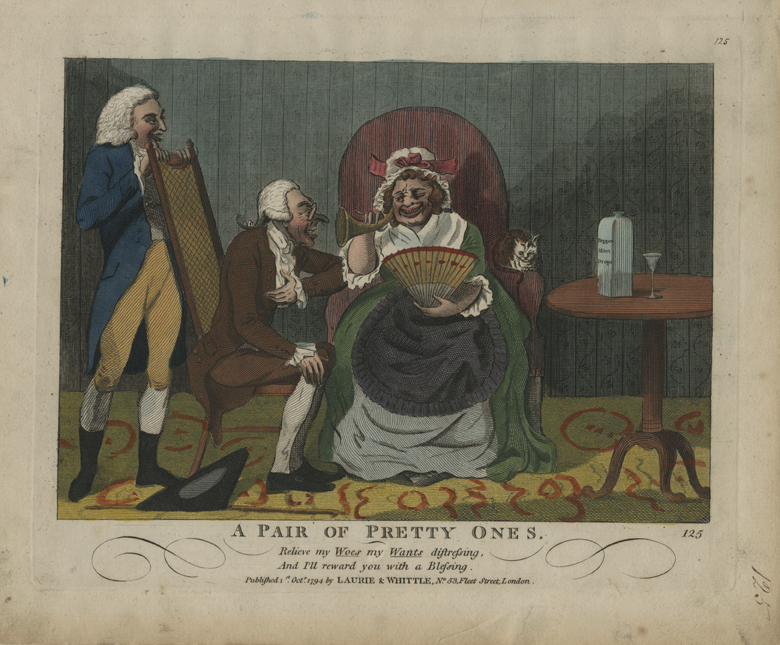Satire and Medicine
Doctors and disease were popular subjects for satirists. In keeping with broader social, political, and economic change, medical knowledge in the 18th century underwent rapid and significant transformation. Ancient models of classical humoral pathology began to crumble in the face of modern theories based upon scientific method. But the growing body of medical knowledge would not begin to produce effective treatments for many years. Bleeding, purging, and other "heroic" measures, remnants of earlier medical practice, persisted well into the nineteenth century.
Expanding scientific and medical knowledge was reflected in the growing social status of physicians. But the reality that medicine had yet to provide significant improvement in the treatment of disease and suffering made physicians easy targets for comparison to other powerful but not always effective members of society such as politicians. Satirists often used contemporary ailments of individuals such as consumption, gout, indigestion and depression as metaphors for the greater social and political ills of society.

